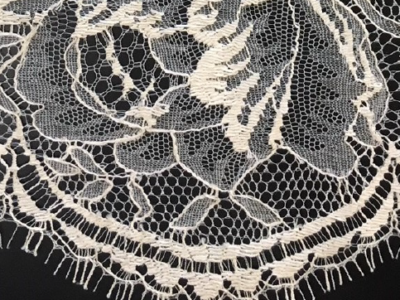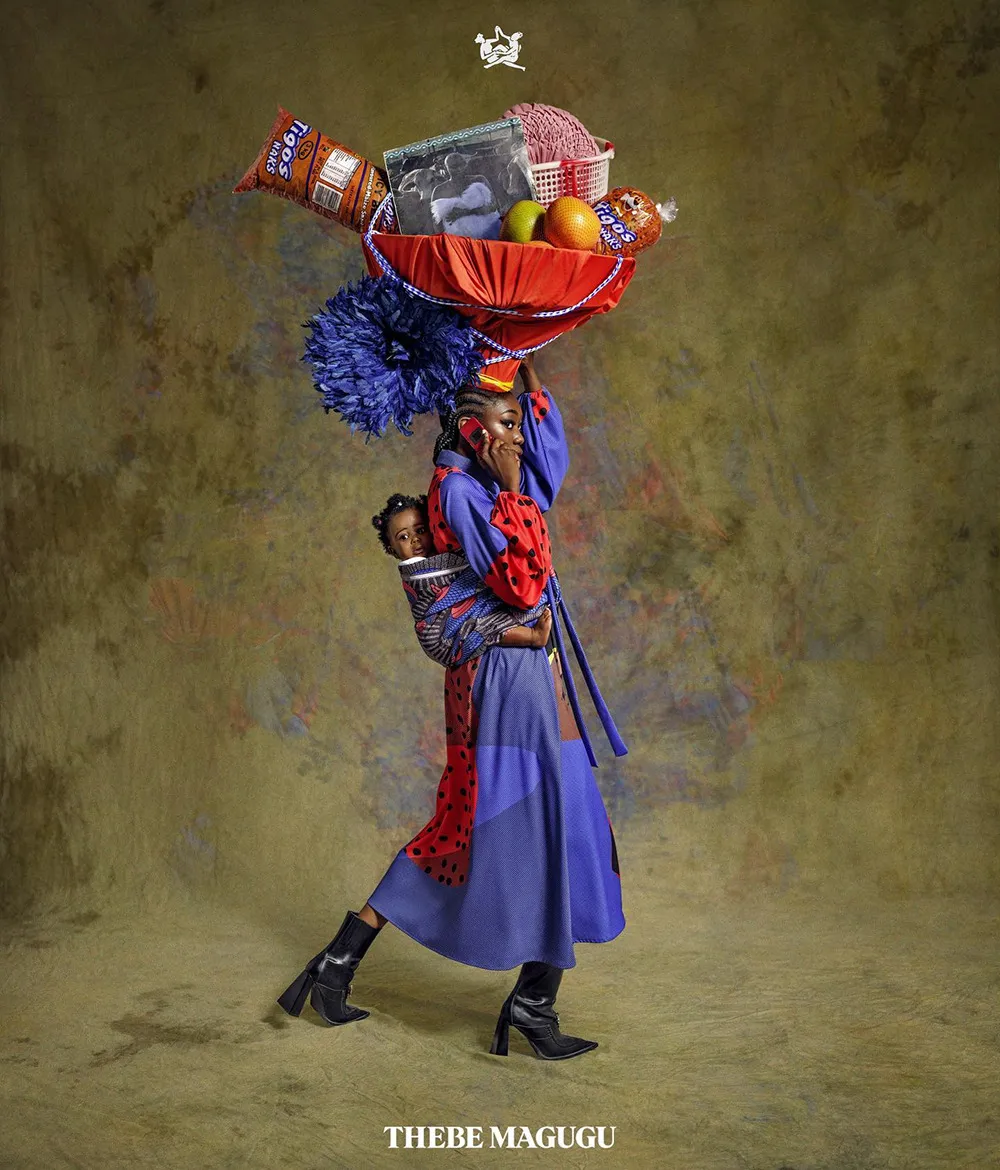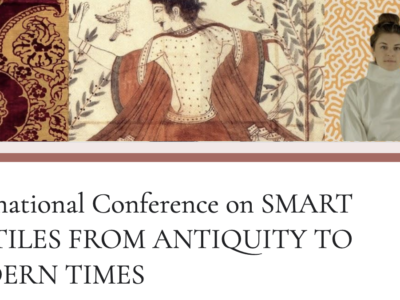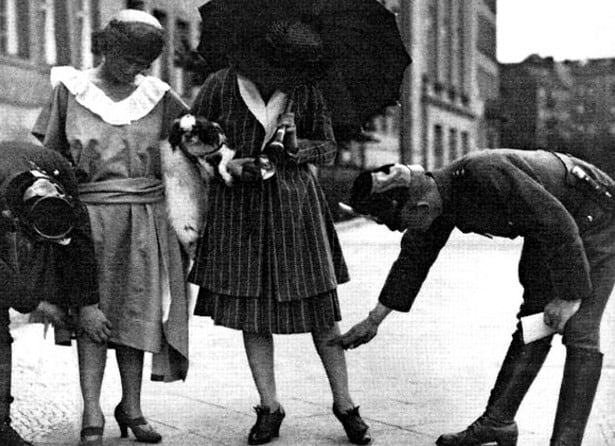



About
FASHION AND DEMOCRACY (19-20th CENTURIES)
Since ancient times western and non-western dress has been always subject to
control and regulation by political powers through formal or informal institutions.
Formal regulation took the shape of sumptuary laws, whilst informal institutions
worked rather through a system of social rules. Even when sumptuary laws proved to
be ineffective and were left unenforced in societies such as those of the pre-modern
Europe – where societies were based on hierarchically structured social orders – dress
(l’apparence) was anyway subject to social judgements of approval or disapproval.
This does not mean that in 18 th century Europe, including France, the Balkans or
Japan, for example, populations did not enjoy some degree of liberty in choosing
their way of dressing, but these choices were not yet an expression of a wholly free
will.
We think that this expression of a free clothing choice appeared alongside the
political system that we could call “liberal democracy” with its interactions with the
mass society: a scenario that began to emerge between the end of the 19 th and the
beginning of the 20 th century. It was in this framework that, side by side with the
consolidation of civil and political rights, a real and free “right to fashion” also
emerged, at least among those who could afford to do this, and thanks to a growing
set of new consuming opportunities. It was within this context that we can interpret
the “practice of fashion” as an expression of freedom.
(…)

These remarks raise questions an international conference could effectively
discuss. If it is true, on the one side, that the subjugation of fashion under
dictatorships has been seen as a symbol of oppression, why, on the other, has fashion
not been proposed as a synonym of freedom? How do societies “without fashion”
look at fashion evolutions in western societies?
By the 1960s, fashion was being led, at least in London, by young fashion
designers, mostly educated in state art schools, who had little interest in the design of
the great Paris fashion houses, preferring a younger, cheaper, informal, democratic
style of their own. Today we have instant Internet shopping. Has that created a
democracy of fashion?
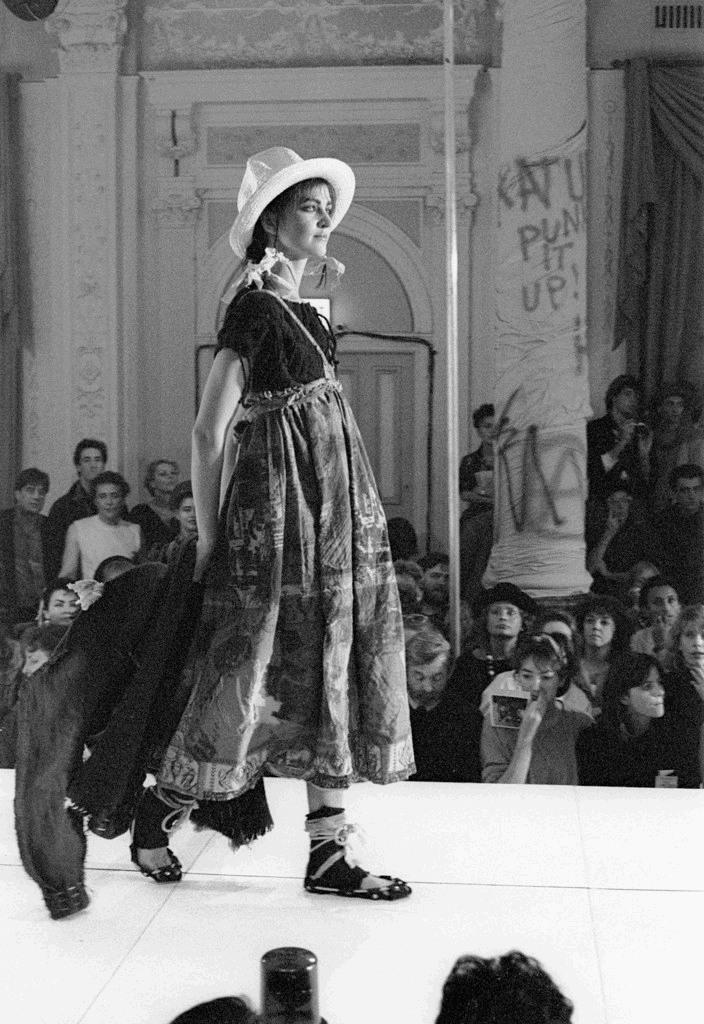
Info and Call for Papers
PRACTICAL INFO
The discussions on these topics are very welcome at the conference “Fashion
and Democracy”. The conference will be held at the Institute of Ethnology and
Folklore Studies with Ethnographic Museum at the Bulgarian Academy of Sciences
in Sofia on May 8 and 9, 2025.
The Scholarly committee of the conference includes Marco Belfanti (University
of Brescia), Maude Bass-Krueger (University of Gent), Daniel Devoucoux (ETVA),
Elke Gaugele (Akademie der bildenden Künste Wien), Karine Grandpierre
(University of Sorbonne Paris-Nord), Aziza Gril-Mariotte (University of Aix-
Marseille & Musée des Tissus et Arts décoratifs de Lyon), Petko Hristov (IEFSEM -BAS Sofia), Aude Le Guennec (The Glasgow School of Art), Jean-Pierre Lethuillier
(University of Rennes-2), Marjorie Meiss (University of Lille), Eleni Mouratidou
(University of Paris-Nanterre), Lou Taylor (University of Brighton).
The Organizing committee includes Petko Hristov, Mila Maeva, Miglena
Ivanova, Julia Popcheva, Radina Ilieva and Anton Angelov.
Requests for participation, including a title and a short summary (up to 300
words) till 30.11.2024, should be sent to the following e-mail:
marco.belfanti@unibs.it, hristov_p@yahoo.com
We are expecting you!

